IT Pro Panel: Planning for 2022
Recruitment and skills top the list of our panellists’ biggest concerns for 2022

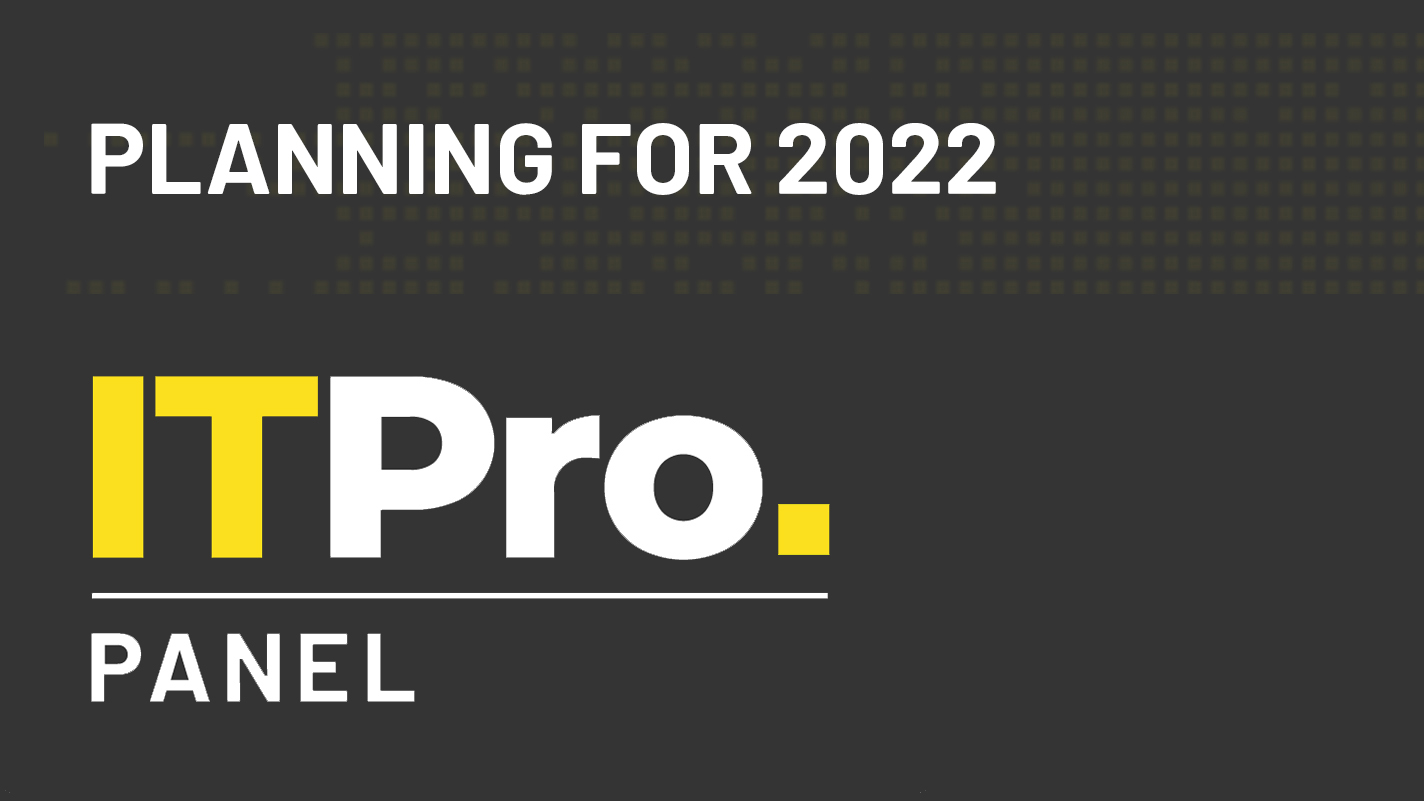
January is traditionally a time for reflection and forward planning – not just in terms of trying to convince yourself you’ll definitely stick with your new workout regime, but also for companies defining their goals and strategies for the next 12 months. The last two years have been characterised by turmoil, uncertainty and near-constant change, so it’s more important than ever for business leaders to be cautious and alert.
In the spirit of the new year, we spoke to the IT Pro Panel to find out what our community of IT leaders are preparing for, how they’re preparing for it, and what they’re most concerned about for 2022. This comes alongside defining the biggest challenges they faced last year, and what they learned from them.
Bridging the hybrid gaps
It probably won’t surprise you to learn that the pandemic was the source of all of our panellists’ biggest frustrations last year. These issues came in many flavours, however; for Studio Graphene CEO Ritam Gandhi, the lack of face-to-face contact with team members and stakeholders was a particular concern.
“It's something that I realised retrospectively as I looked back at some of the challenging situations I faced and how I could have avoided them if I'd had more interaction with the team or resolved them more easily,” he says.
Both SmartDebit CIO Gavin Scruby and Kresten Reeves CTO and operations director Chris Madden, meanwhile, report the biggest challenge was translating the somewhat ad-hoc implementation of emergency remote working practices into a more considered long-term policy. This is especially true for the impact on hardware, systems and physical premises. Madden reported the mass rush to home working also affected hardware availability, with some items of IT equipment on three-month lead times.
This wasn’t as much of an adjustment for others, however. Prior efforts to roll out Microsoft collaboration tools across MKUH Foundation Trust’s estate meant that while there was still some work to be done around cementing adoption, CTO Craig York says that the move to remote working went fairly smoothly. This is also true for Moonpig, where CTO Peter Donlon said it has now become a core competency.
“For me in 2021, one of the biggest challenges was hiring,” he says. “The market for technology specialists and especially engineers continued to escalate and as such, we had to put a lot of effort into hiring. Fortunately, we overcame the challenge and hired well but I only see that getting harder!”
Sign up today and you will receive a free copy of our Future Focus 2025 report - the leading guidance on AI, cybersecurity and other IT challenges as per 700+ senior executives
This was also one of the main pressure points for TempCover, says CTO Marc Pell, along with maintaining strong lines of communication between teams. 2021 saw a number of large-scale projects for the company; in addition to the ubiquitous hybrid working initiatives, TempCover also launched an integration with Willis Towers Watson's Radar Live real-time pricing engine. This involved designing a suite of API calls, as well as redesigning how its data schemas are structured in order to support the integration.
“We also took the opportunity to rewrite our internal pricing API so that it acts as an abstraction over the top of the pricing engine in use,” he explains, “making it easier to test and potentially change partners or integrate with additional partners in the future if required.”
Movers and shakers
Other time-consuming projects undertaken by our panellists in 2021 included the rollout of hybrid working equipment such as laptops, docking hubs and videoconferencing equipment for Kreston Reeves staff - exacerbated by the aforementioned stock shortages - and the in Studio Graphene’s case, the exploration of new areas of technology like blockchain.
“For us, a large go-live for new functionality within our electronic patient record system was weeks away when the pandemic hit,” says York. “We finally took this live in September with good engagement from our staff who had been through, and continue within, a challenging time. Digital was seen as an enabler, and those areas not fully utilising tech to the best of its ability were keen to fully adopt. This included a lot of medical device integration, improving staff efficiency and patient safety.”
There were quite a few high-level corporate changes, too; SmartDebit was acquired by Access PaySuite, and Scruby says a considerable amount of IT work was needed to integrate the two systems, particularly in terms of security and data protection. Rooster Money was similarly snapped up by Natwest, and CTO Jon Smart also has a focus on tool alignment, while Donlon says he spent a significant amount of effort on managing Moonpig’s IPO in February.
Dealing with the aftermath of these acquisitions will be a continuing focus for both Scruby and Smart in 2022, while Donlon’s team will be moving one of Moonpig’s own acquisitions (a Dutch business called Greetz) onto Moonpig’s ecommerce platform. This will necessitate a large amount of work in areas such as data migration and feature management, and this is one of the main reasons behind Moonpig’s ongoing recruitment drive.
“We have a lot of new roles, especially in engineering, product, design and analytics,” Donlon explains, “and I don't expect that to slow down throughout the year. We're also looking to take on more apprentices and grads.”
Hoovering up talent
Recruitment will be on the agenda for all of our panellists, in fact, fuelled largely by business expansion and concentrated primarily on technical roles like engineering, testing and product management. All of our panellists plan to recruit steadily throughout 2022, with retention of existing staff also a concern. This is partly driven by the rise of remote working, with staff now able to accept a wider range of jobs without going through the hassle of relocating - as Smart notes, “the additional side challenge with hiring in a competitive market is to make sure existing loyal employees are also valued”.
“Recruitment will be a big issue for us, as will retaining good people,” agrees Madden. “As an accountancy practice, we cannot quickly train up new people as the formal exams take a number of years. We also need to define and embed what hybrid working really looks like post-pandemic to ensure we get the balance between personal wants and client expectations.”
This combination of recruitment and retention is going to be the principal pain point IT leaders are bracing themselves for throughout the year; as demands on IT departments increase, this could present a potential skills shortage our panellists will have to grapple with.
“Plenty of people are using this whole time as an opportunity to reassess their lives too,” Scruby points out. “Some are leaving the industry; some are looking for more lifestyle-friendly roles. Although salaries are going up, it's not the only factor.”
Aside from these skill challenges, Madden expects his main focus for 2022 to be the selection and deployment of a CRM system – a first for Kreston Reeves, which will involve a great deal of change management, as well as investigating the possibility of utilising robotic process automation (RPA) within the business.
“Yep, I'd say the same in terms of automation,” Gandhi concurs; “this is a big focus area for us through 2022. I'm also keen to get out more and go to more conferences or events, to make up for perhaps some of the lost interactions or opportunities to learn from others.”
York says that he wants to spend more time at the coalface with clinical workers this year, to get a better understanding of the challenges that they have to navigate – although he also admits that higher automation is one of his key goals, as well.
“I think Chris has nailed it for me too,” says Pell. “I want to automate more efficiency into what we do. I’m also optimistic that we’ll get a step closer to normality this year, which should make the maintaining of our culture a little easier, as it’s tougher to do when remote.”
“I'm optimistic that 2022 will bring with it an improvement in the number of quality candidates that are in the market,” he adds; “We need more great people to continue on our journey.”
Adam Shepherd has been a technology journalist since 2015, covering everything from cloud storage and security, to smartphones and servers. Over the course of his career, he’s seen the spread of 5G, the growing ubiquity of wireless devices, and the start of the connected revolution. He’s also been to more trade shows and technology conferences than he cares to count.
Adam is an avid follower of the latest hardware innovations, and he is never happier than when tinkering with complex network configurations, or exploring a new Linux distro. He was also previously a co-host on the ITPro Podcast, where he was often found ranting about his love of strange gadgets, his disdain for Windows Mobile, and everything in between.
You can find Adam tweeting about enterprise technology (or more often bad jokes) @AdamShepherUK.
-
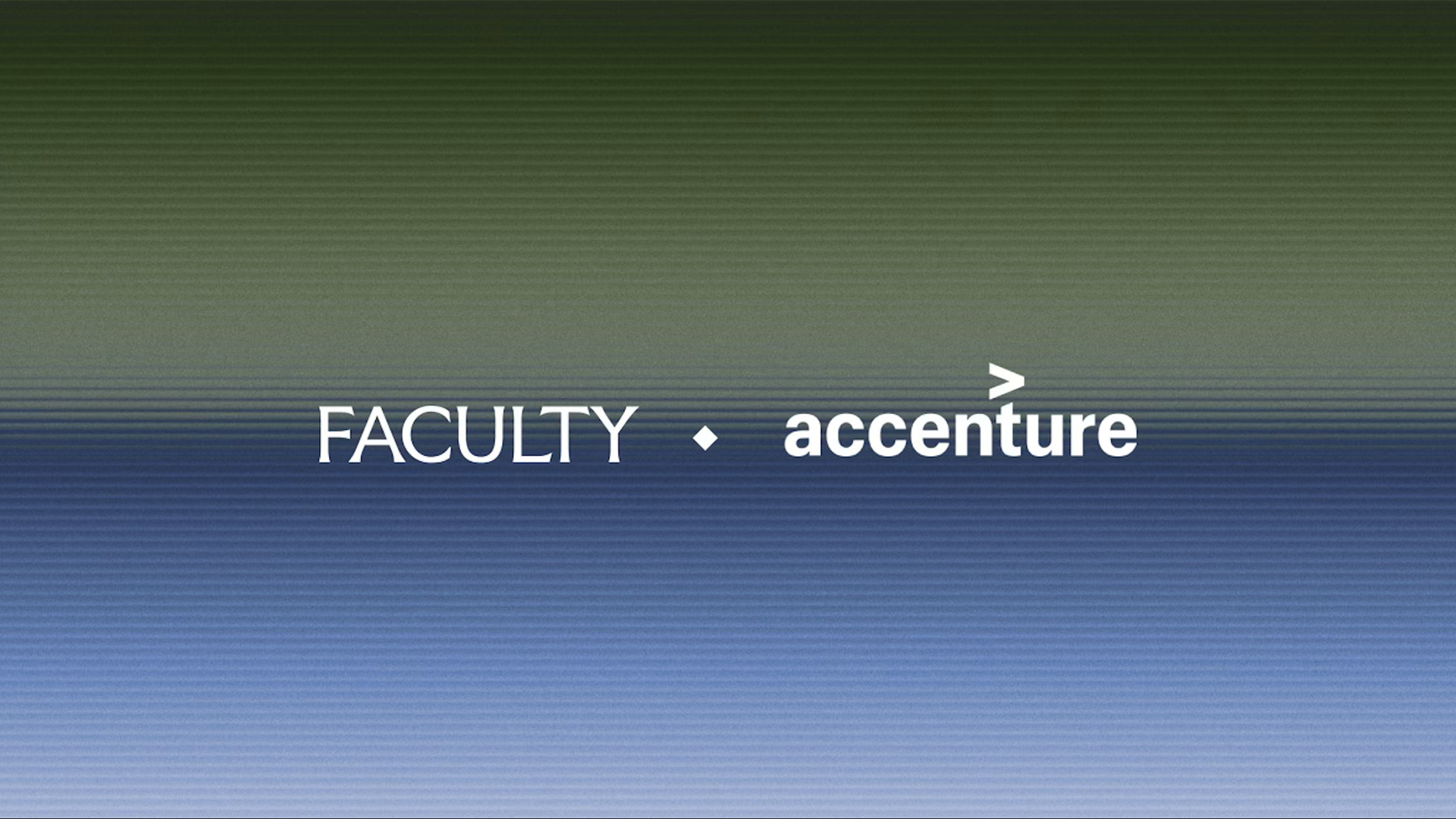 Accenture acquires Faculty, poaches CEO in bid to drive client AI adoption
Accenture acquires Faculty, poaches CEO in bid to drive client AI adoptionNews The Faculty acquisition will help Accenture streamline AI adoption processes
-
 Let artificial intelligence transform the tone of your customer service
Let artificial intelligence transform the tone of your customer service3CX’s new AI-powered receptionist can simplify the lives of your customers and your staff, and that’s just one of the latest enhancements
-
 UK firms are pouring money into AI, but they won’t see a return on investment unless they address these key issues
UK firms are pouring money into AI, but they won’t see a return on investment unless they address these key issuesNews An SAP report projects increased AI investment, but cautions that too many organizations are taking a fragmented approach
-
 Protecting CIOs' IT budgets is "paramount" in maintaining business growth
Protecting CIOs' IT budgets is "paramount" in maintaining business growthNews If CIOs are forced to make emergency budget cuts, they should also explain the risks to high level stakeholders so the responsibility is shared
-
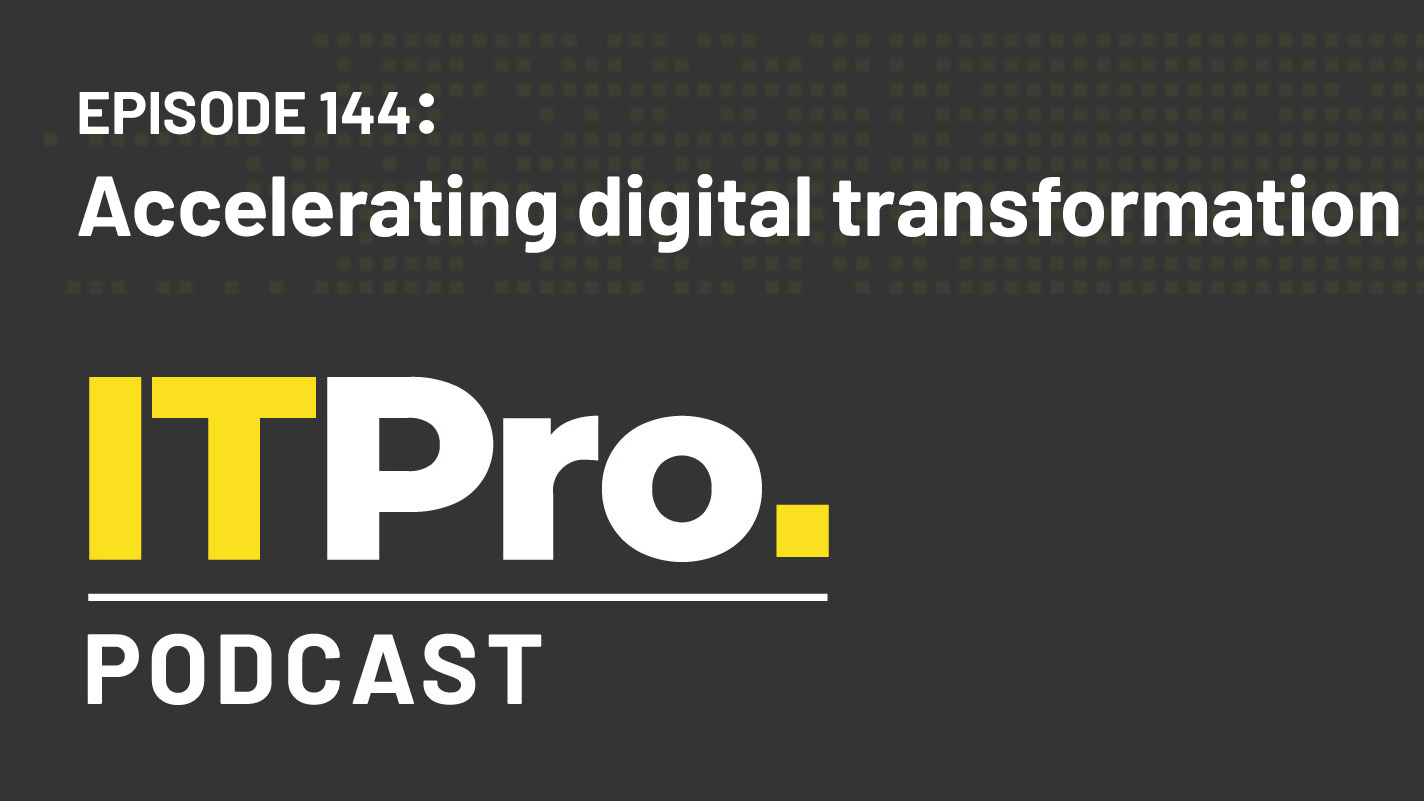 The IT Pro Podcast: Accelerating digital transformation
The IT Pro Podcast: Accelerating digital transformationIT Pro Podcast Implementation is just as important as the value of change
-
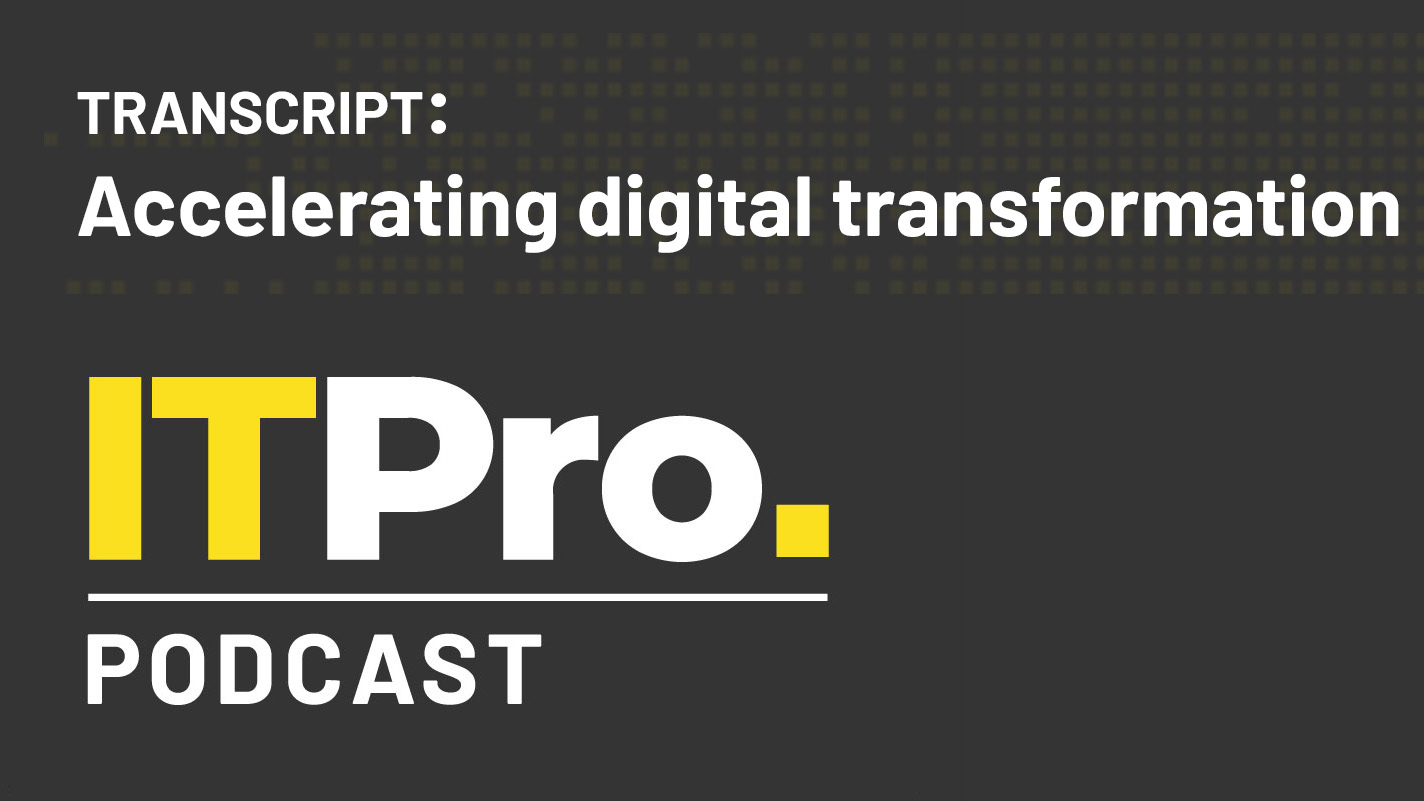 Podcast transcript: Accelerating digital transformation
Podcast transcript: Accelerating digital transformationIT Pro Podcast Read the full transcript for this episode of the IT Pro Podcast
-
 Truss seeks last-ditch SoftBank meeting over Arm IPO
Truss seeks last-ditch SoftBank meeting over Arm IPONews Gov said to want a dual New York-London listing, at the very least
-
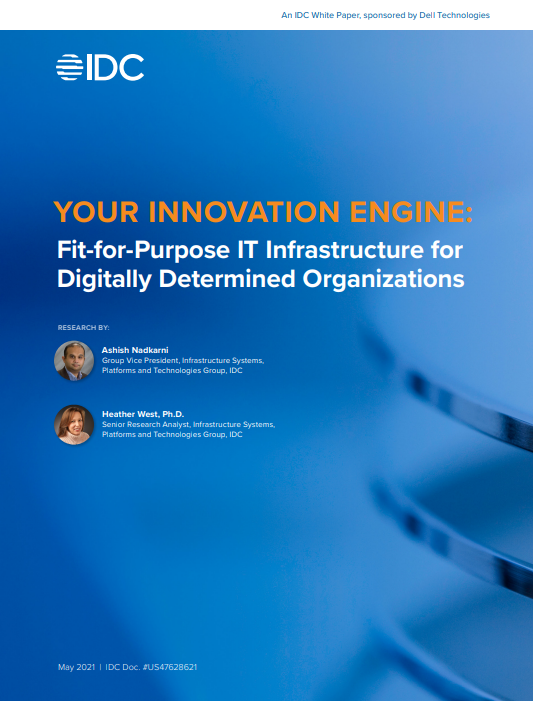 Fit-for-purpose IT infrastructure for digitally determined organisations
Fit-for-purpose IT infrastructure for digitally determined organisationsWhitepaper Your innovation engine: Guiding organisations through change in the new digital economy
-
 IT Pro News in Review: CIOs face a challenge, Ofcom's telecom fines, Apple expands Xcode
IT Pro News in Review: CIOs face a challenge, Ofcom's telecom fines, Apple expands XcodeVideo Catch up on the biggest headlines of the week in just two minutes
-
 CIO role has 'drastically changed' over last 24 months, says Lenovo
CIO role has 'drastically changed' over last 24 months, says LenovoNews Globally survey suggests chief information officers have greater influence over their company now the role has expanded beyond technology
